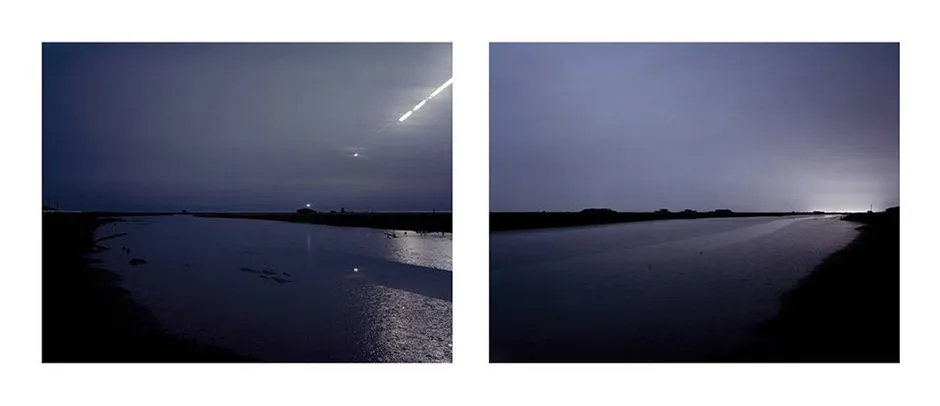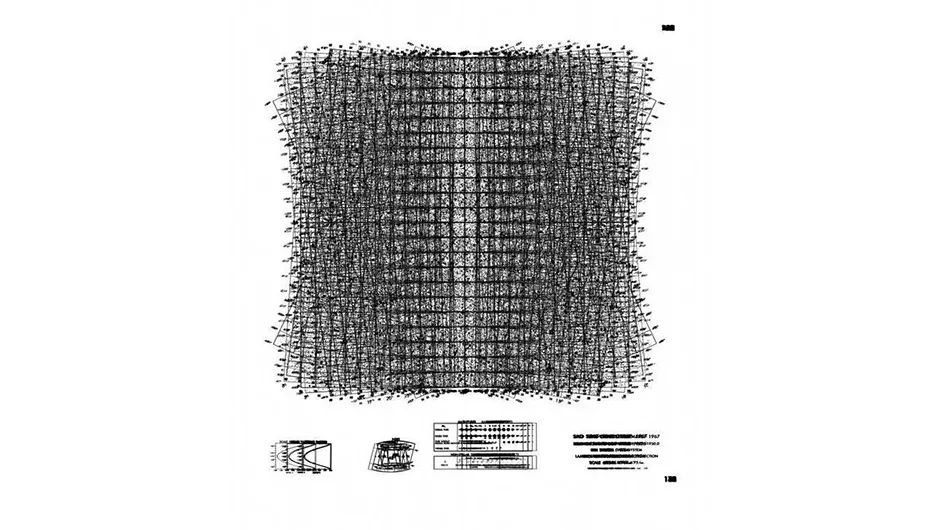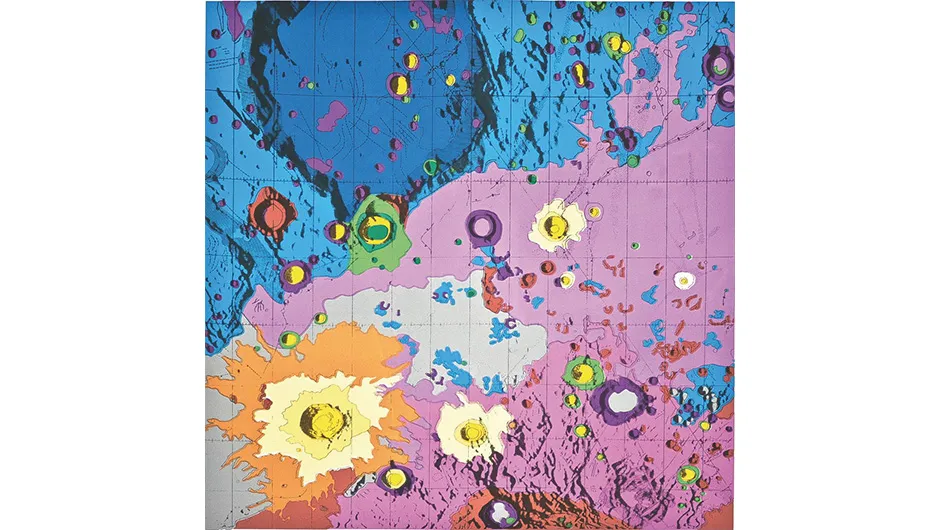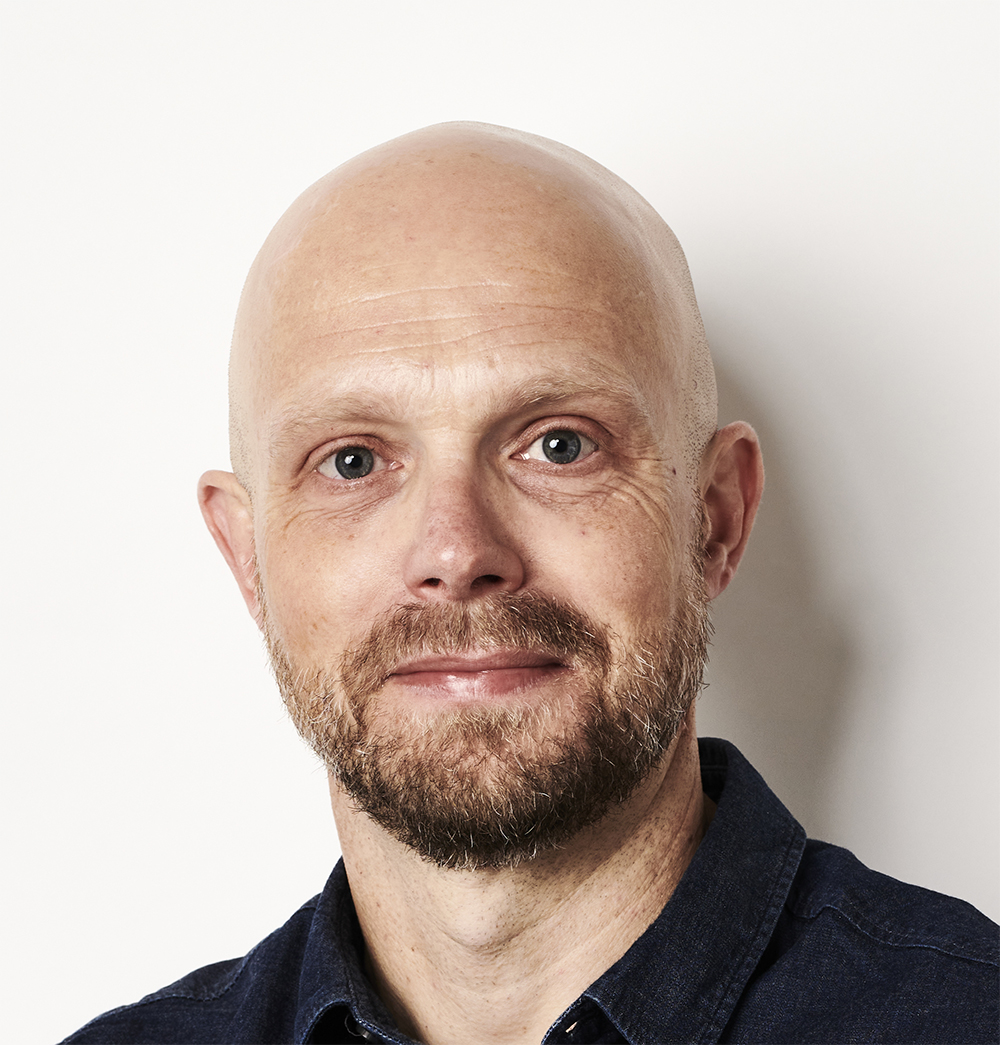While in London recently to judge the Insight Astronomy Photographer of the Year (IAPY) competition, I stopped by BREESE LITTLE, a London art gallery just north of the City.
The reason was dark frame / deep field, an exhibition showing six artists' interpretations of space, curated by IAPY judges Marek Kukula and Melanie Vandenbrouck.
Walking through Farringdon to the gallery I thought about what I wanted to get out of the visit.
I'd seen the shortlist for this year's IAPY competition and knew that we would be weighing some of the best astro images that I'd seen in the past 12 months.
Here was a chance to tune my critical faculties with some artistic sensibility, ahead of what I knew was going to be an intense judging session.

Philippe Pleasants, Orford Ness, Suffolk, 2010 (diptych). Credit: BREESE LITTLEAnd I got what I wanted.
Straight away, I was drawn to the gallery setting – plain white walls gave time and space to concentrate solely on the works hanging in front of me.
It was a feeling matched in Phillipe Pleasants' long-exposure photographs.
The star trails in Trace 4, London and Moon trail in Orford Ness, Suffolkhad the calm of someone taking time out from a busy life to ponder the wider view of our planet's movement through the cosmos.
Refreshed, I was prepared for the intensity of Caroline Corbasson's large-scale screen print Naked Eye.
Its overlaid star maps – each grid set at a different rotation – created beguiling 3D effects when viewed at different angles.
This was next to the largest work in the exhibition, Crater, a superbly textured charcoal that filled nine A1 sheets.
There's trickery here too: what looks to be a lunar crater is in fact Meteor Crater in Arizona.

I spent ages pondering the large-scale photography from Dan Holdsworth; the full colour, playful works like Frigoris/Tranquillitatis by We Colonised the Moon and Observation 95 by Sophy Rickett, and the vintage NASA photographs from the Apollo and Gemini missions, and came away with a fresh view of the value of space and astronomy to inspire us all.
This is something that Melanie Vandenbrouck and Marek Kukula picked up on when I spoke to them about the exhibition that they'd curated.
"An exhibition like dark frame / deep field brings together two disciplines that are both very important and have profound connections – they define what humanity is all about: creativity, imagination and a thirst for knowledge," said Melanie.
"Art allows you to interrogate science in stimulating ways while science, and most definitely astronomy, can send art on unexpected trajectories."

Marek picked up Melanie's point about art interrogating science:
"There can be a real benefit to scientists from engaging with artists.
Their interpretations of astronomical ideas can make you as a scientist step back a little from your own point of view, bring your imagination into play and see around problems that might be occurring with research."



